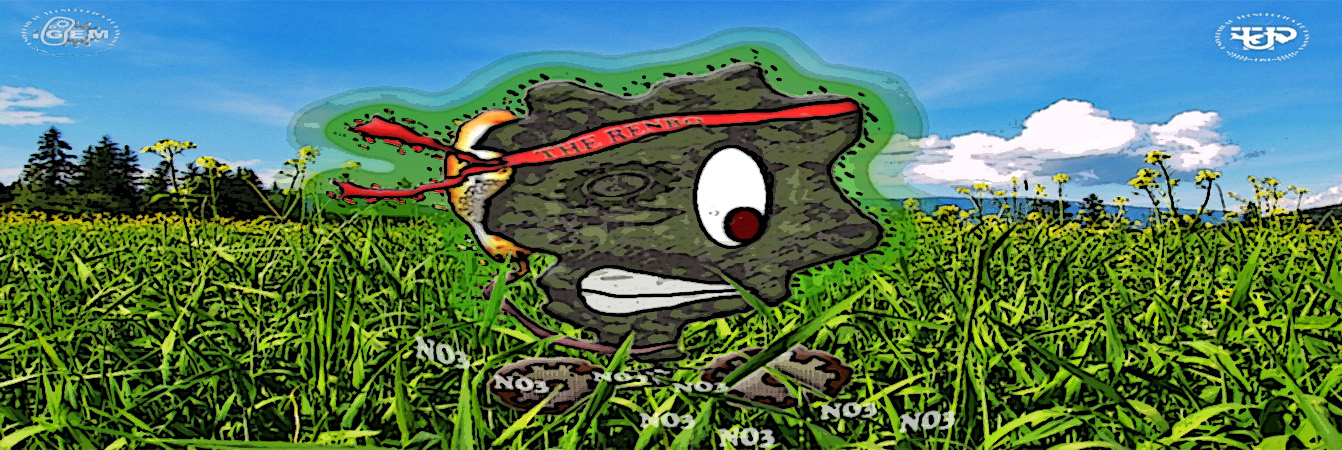Team:UTP-Panama/Project
From 2011.igem.org
| Line 6: | Line 6: | ||
| + | background-repeat: repeat #DED4E7;) | ||
} | } | ||
| + | .firstHeading { display: none; } | ||
#top-section { | #top-section { | ||
| - | + | background-image: url('https://static.igem.org/mediawiki/2011/3/37/DSCF7007.jpg'); | |
| - | + | height:200px ! important;; | |
| - | background-image: url(https://static.igem.org/mediawiki/2011/ | + | |
| - | + | ||
| - | + | ||
} | } | ||
| Line 20: | Line 19: | ||
visibility:hidden; | visibility:hidden; | ||
} | } | ||
| + | |||
</style> | </style> | ||
</html> | </html> | ||
| + | |||
<div> | <div> | ||
Revision as of 01:18, 28 September 2011
|
Home |
THERMOGENIC RESPONSE NUTRIENT BIOSENSOR (THE RENBO)ABSTRACTTo develop flexible and better sensors for environmental, agricultural and engineering applications are the aims of the UTP-Panama Team “SynBio Engineering Tool Kit”. In this way we work with Nitrate Biosensor (PyeaR - GFP composite) developed by Team BCCS-Bristol 2010, which expresses fluorescent signals upon nutrient detection, producing a high-resolution map of arable land. To achieve this goal we use the collateral effect of the AOX enzyme (Alternative oxidase) mainly designed to generate heat in response to a cold-shock, using the hybB promoter. This effect increases the bacteria growth at temperatures below 20°C. Finally we design a prototype device with a better cold shock promoter (CspA promoter) developed by UNAM-CINVESTAV Team in 2010, in order to give our E. coli a “Intelligent Coat, which means that not to only survive a cold-shock but to also still been able to keep up with his duty `s, due to improve their expression mechanism at low temperature.
History: The original idea: July 15Project Description
Project DetailsPart 2The ExperimentsPart 3== Results == |
 "
"
